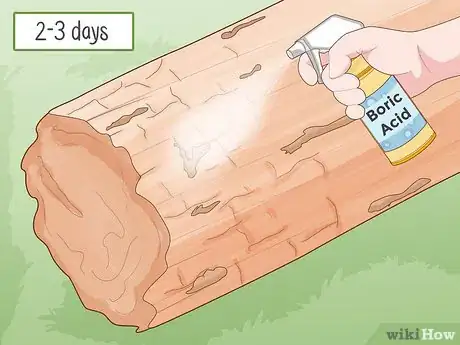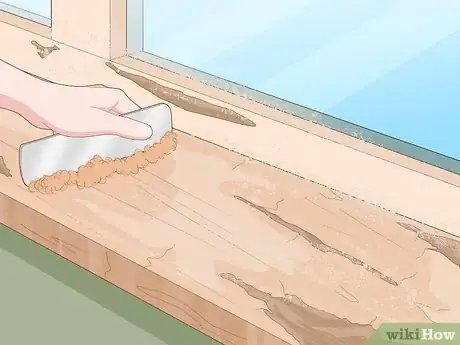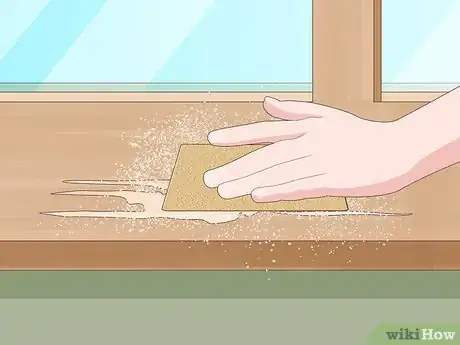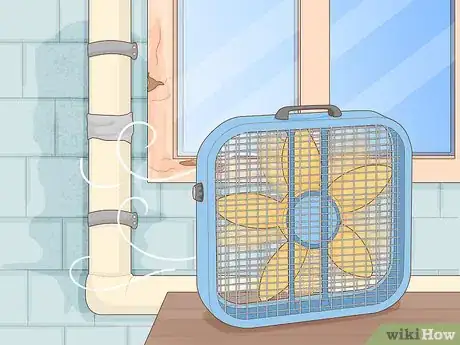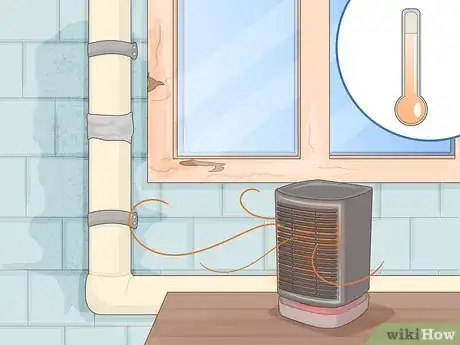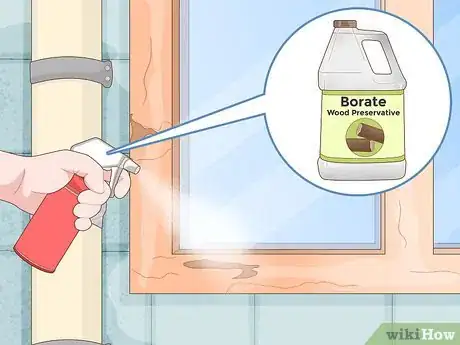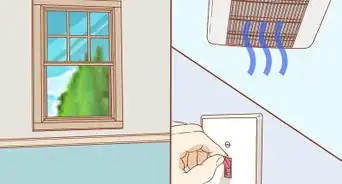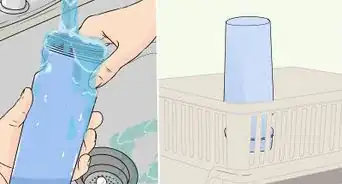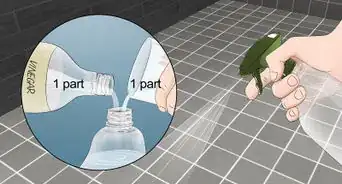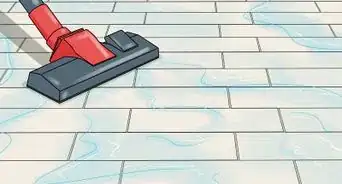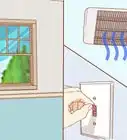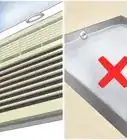This article was co-authored by Ryaan Tuttle. Ryaan Tuttle is a Home Improvement Specialist and the CEO of Best Handyman, Inc. in Boston, Massachusetts. With over 17 years of experience, he specializes in building home service businesses, focusing on creating scalable and efficient brands. With the help of his global team, the companies have achieved over 10+ million in sales and received recognition through magazine features, and enjoy partnerships with wikiHow and Jobber field service software. Boston Magazine and LocalBest.com have named Best Handyman Boston the Best Handyman in Boston. Ryaan holds Construction Supervisor and Home Improvement Contractor Licenses.
There are 7 references cited in this article, which can be found at the bottom of the page.
This article has been viewed 39,409 times.
Dry rot is caused when the fungus Serpula lacrymans infects timber in forests, but can also destroy wood found in people's homes. If you want to avoid costly repairs, catching and treating dry rot early is really important. If you've found dry rot in your home, you may need to remove the rotted wood and fill the timber in with epoxy to prevent the rot from spreading. You can also take steps to prevent dry rot by making sure that timber in your home is dry and that the heating works.
Steps
Expert Q&A
-
QuestionDo you have to remove dry rot?
 Ryaan TuttleRyaan Tuttle is a Home Improvement Specialist and the CEO of Best Handyman, Inc. in Boston, Massachusetts. With over 17 years of experience, he specializes in building home service businesses, focusing on creating scalable and efficient brands. With the help of his global team, the companies have achieved over 10+ million in sales and received recognition through magazine features, and enjoy partnerships with wikiHow and Jobber field service software. Boston Magazine and LocalBest.com have named Best Handyman Boston the Best Handyman in Boston. Ryaan holds Construction Supervisor and Home Improvement Contractor Licenses.
Ryaan TuttleRyaan Tuttle is a Home Improvement Specialist and the CEO of Best Handyman, Inc. in Boston, Massachusetts. With over 17 years of experience, he specializes in building home service businesses, focusing on creating scalable and efficient brands. With the help of his global team, the companies have achieved over 10+ million in sales and received recognition through magazine features, and enjoy partnerships with wikiHow and Jobber field service software. Boston Magazine and LocalBest.com have named Best Handyman Boston the Best Handyman in Boston. Ryaan holds Construction Supervisor and Home Improvement Contractor Licenses.
Home Improvement Specialist You should definitely remove and replace dry rot if there's a lot of it in your home. If you only have a little bit, you might not have to worry.
You should definitely remove and replace dry rot if there's a lot of it in your home. If you only have a little bit, you might not have to worry. -
QuestionHow do you fix dry rot?
 Ryaan TuttleRyaan Tuttle is a Home Improvement Specialist and the CEO of Best Handyman, Inc. in Boston, Massachusetts. With over 17 years of experience, he specializes in building home service businesses, focusing on creating scalable and efficient brands. With the help of his global team, the companies have achieved over 10+ million in sales and received recognition through magazine features, and enjoy partnerships with wikiHow and Jobber field service software. Boston Magazine and LocalBest.com have named Best Handyman Boston the Best Handyman in Boston. Ryaan holds Construction Supervisor and Home Improvement Contractor Licenses.
Ryaan TuttleRyaan Tuttle is a Home Improvement Specialist and the CEO of Best Handyman, Inc. in Boston, Massachusetts. With over 17 years of experience, he specializes in building home service businesses, focusing on creating scalable and efficient brands. With the help of his global team, the companies have achieved over 10+ million in sales and received recognition through magazine features, and enjoy partnerships with wikiHow and Jobber field service software. Boston Magazine and LocalBest.com have named Best Handyman Boston the Best Handyman in Boston. Ryaan holds Construction Supervisor and Home Improvement Contractor Licenses.
Home Improvement Specialist Identify the the source of the moisture that's causing your dry rot. Then, seal away or stop this moisture so it can't seep into the wood anymore.
Identify the the source of the moisture that's causing your dry rot. Then, seal away or stop this moisture so it can't seep into the wood anymore.
Things You'll Need
Getting Rid of Dry Rot
- Boric acid
- Trim router
- Epoxy
- Putty knife
- 80-grit sandpaper
- 120-grit sandpaper
Preventing Dry Rot
- Box fans
- Borate wood preservative
- 2 in (5.1 cm) paintbrush
References
- ↑ http://www.livingwithbugs.com/dry-rot.html
- ↑ https://oldbuilders.com/job_types/Dry_Rot/1_dryrot_01.htm
- ↑ Ryaan Tuttle. Home Improvement Specialist. Expert Interview. 24 September 2021.
- ↑ https://youtu.be/3l7XtxIjT40?t=216
- ↑ https://www.thisoldhouse.com/ask-toh/repairing-rotted-window-sills
- ↑ https://www.thisoldhouse.com/how-to/how-to-fix-rotted-wood-epoxy
- ↑ Ryaan Tuttle. Home Improvement Specialist. Expert Interview. 24 September 2021.
- ↑ http://www.askjeff.co.uk/dry-rot-or-not-that-is-the-question/
- ↑ Ryaan Tuttle. Home Improvement Specialist. Expert Interview. 24 September 2021.
